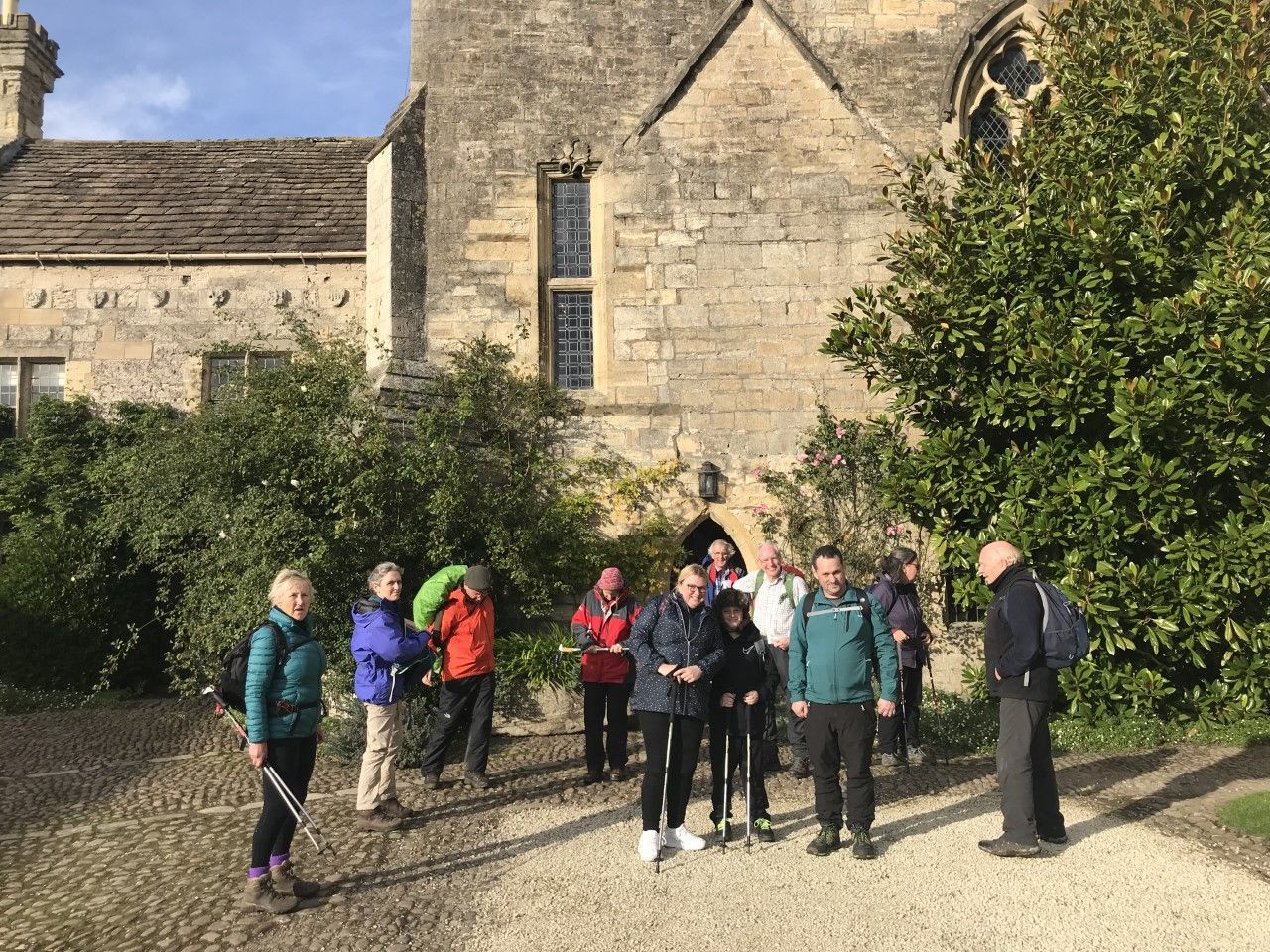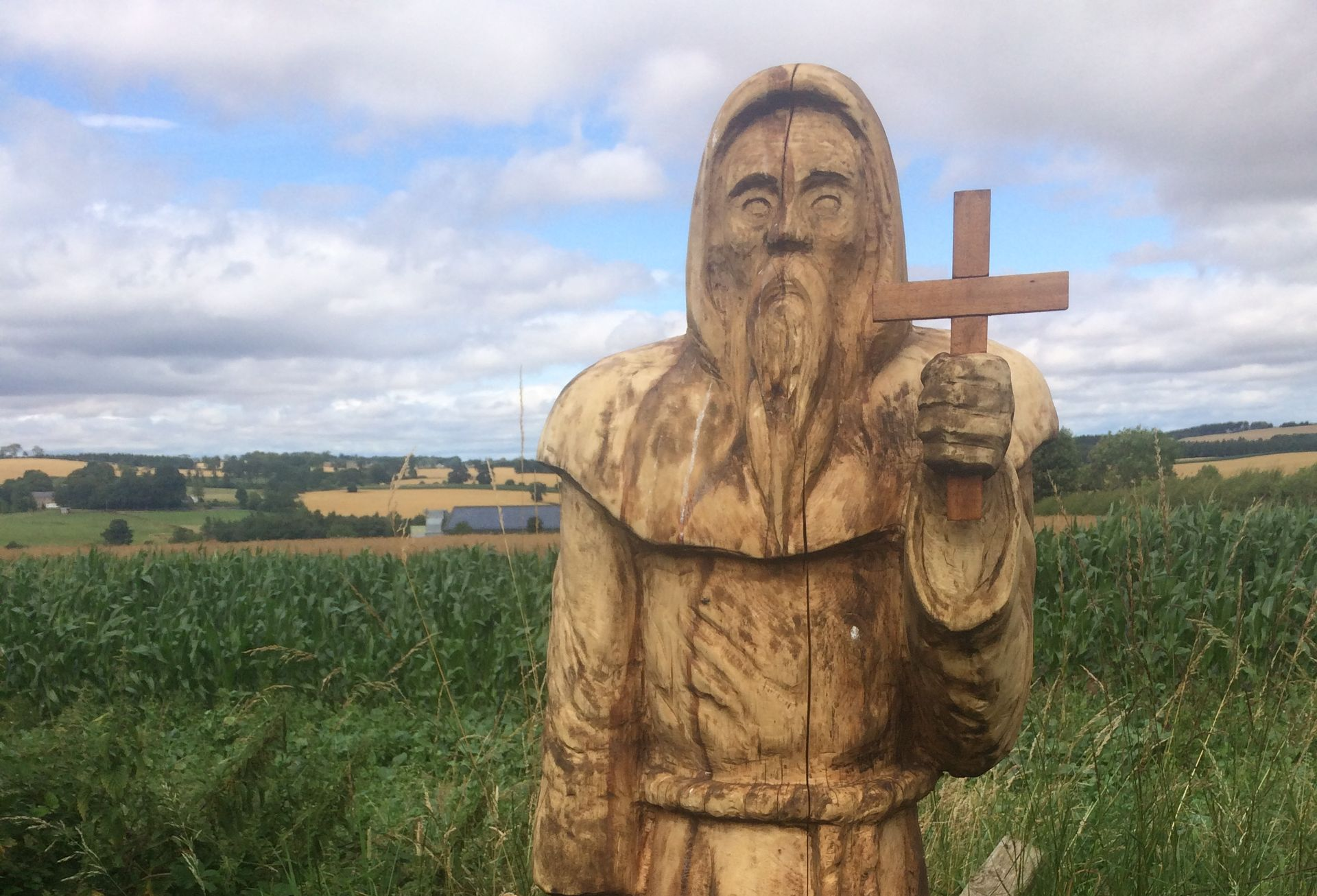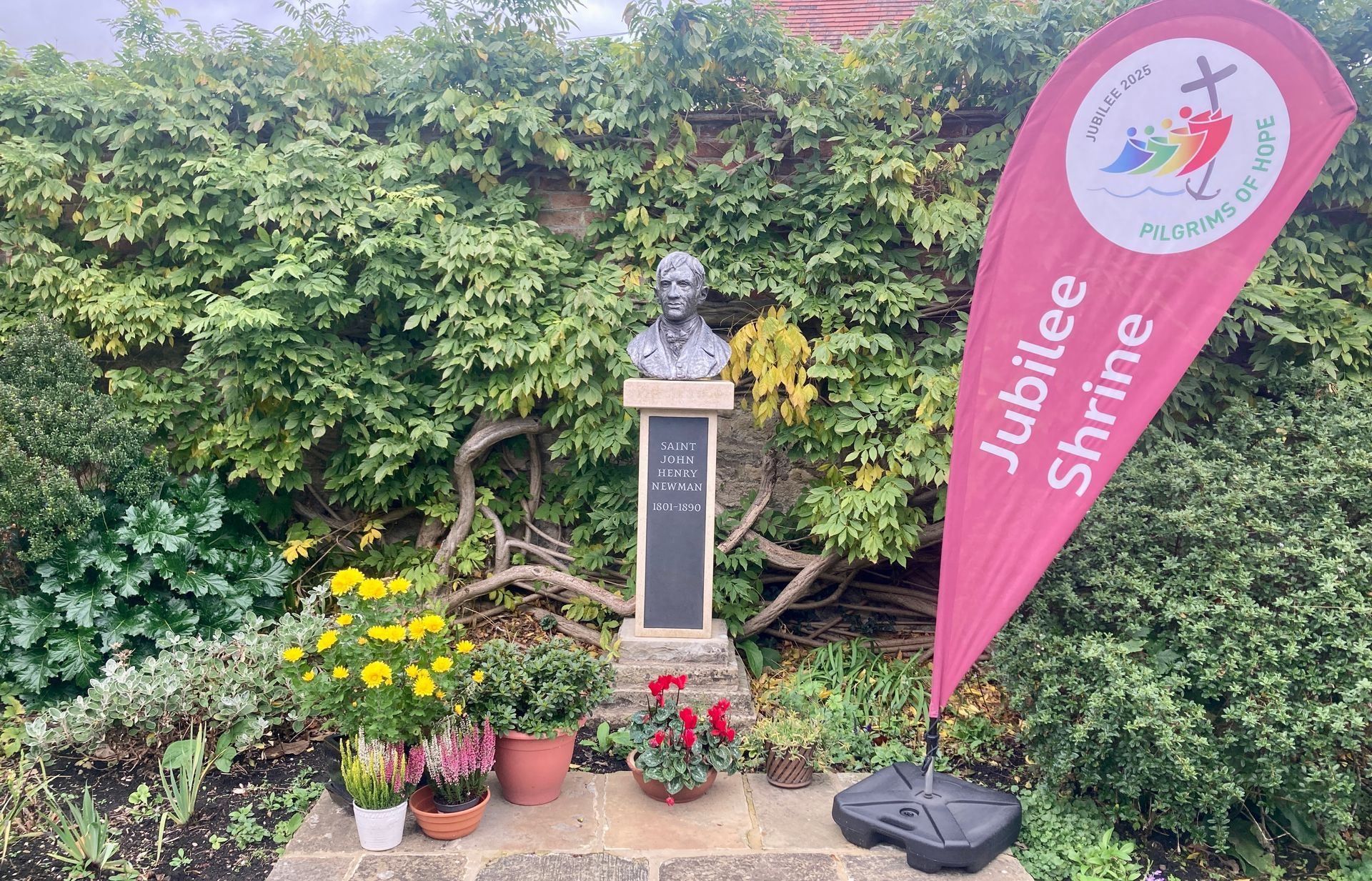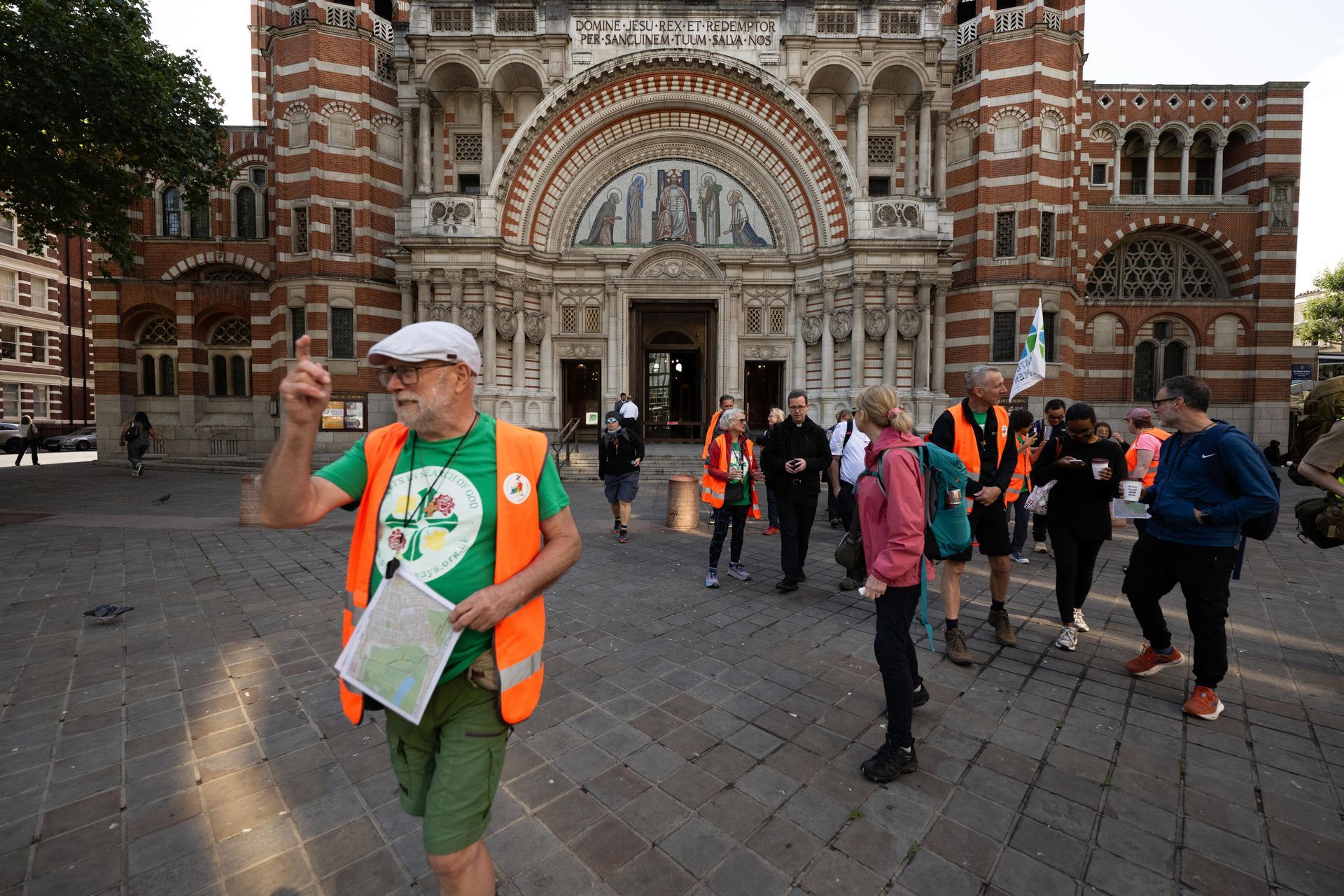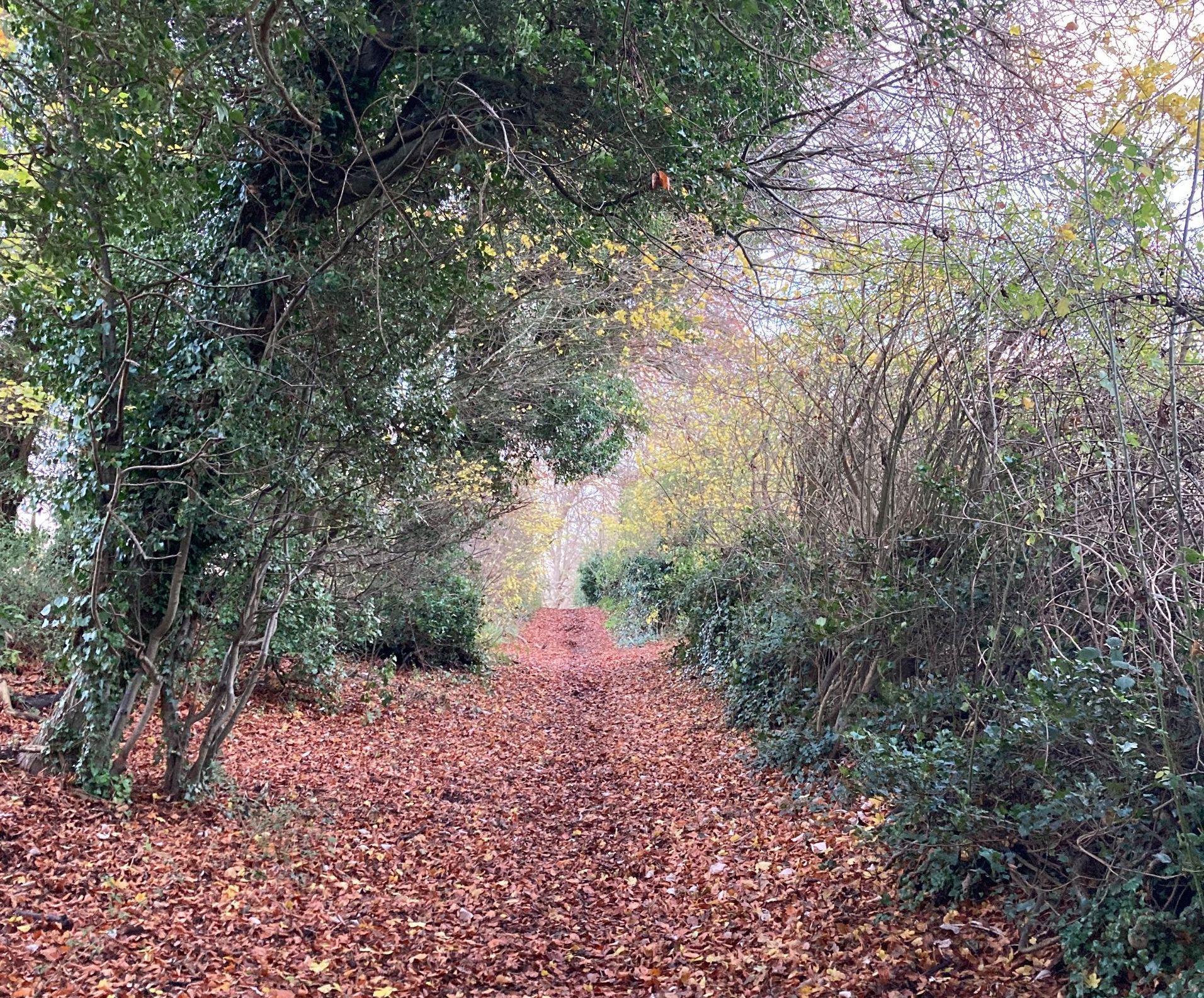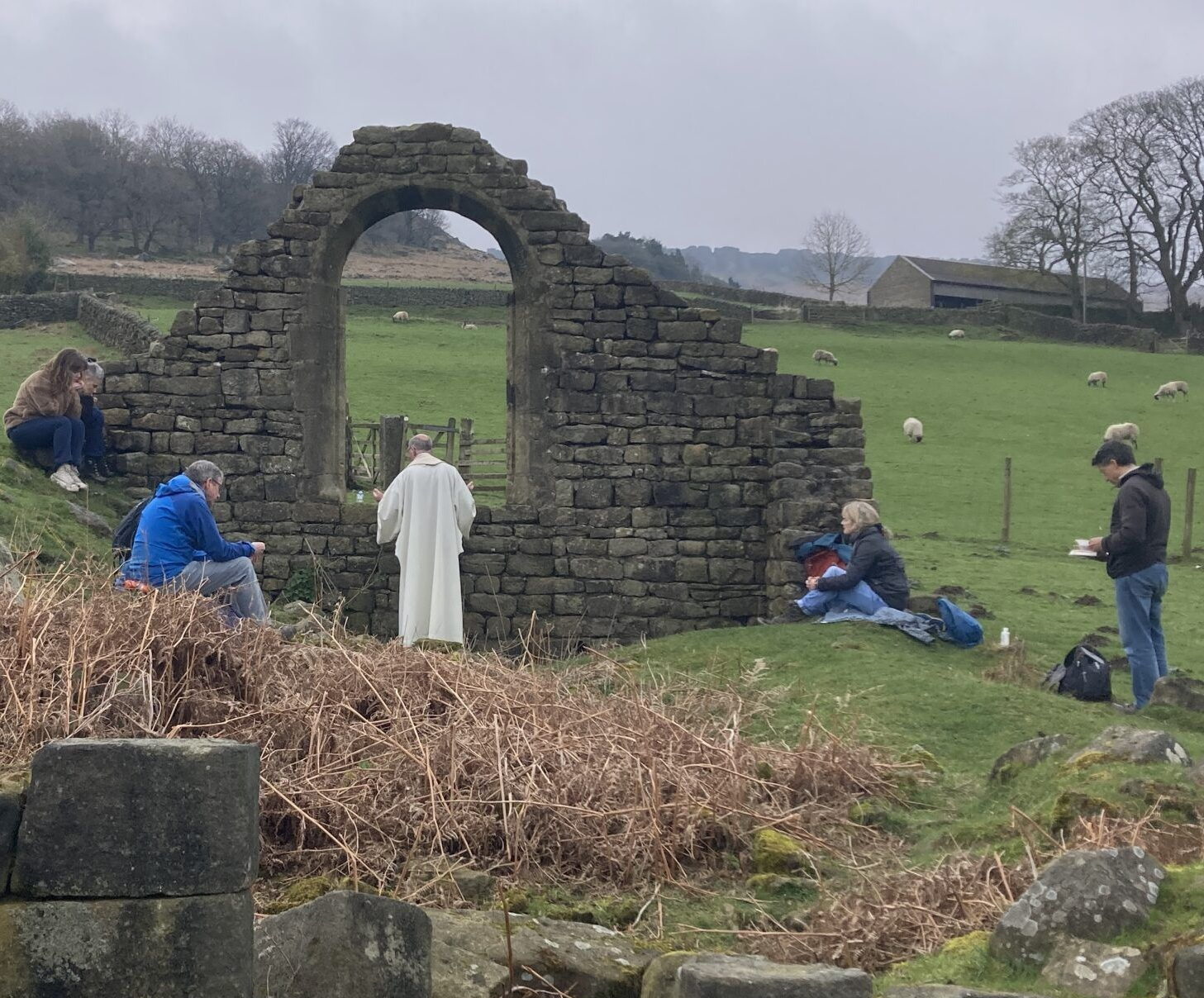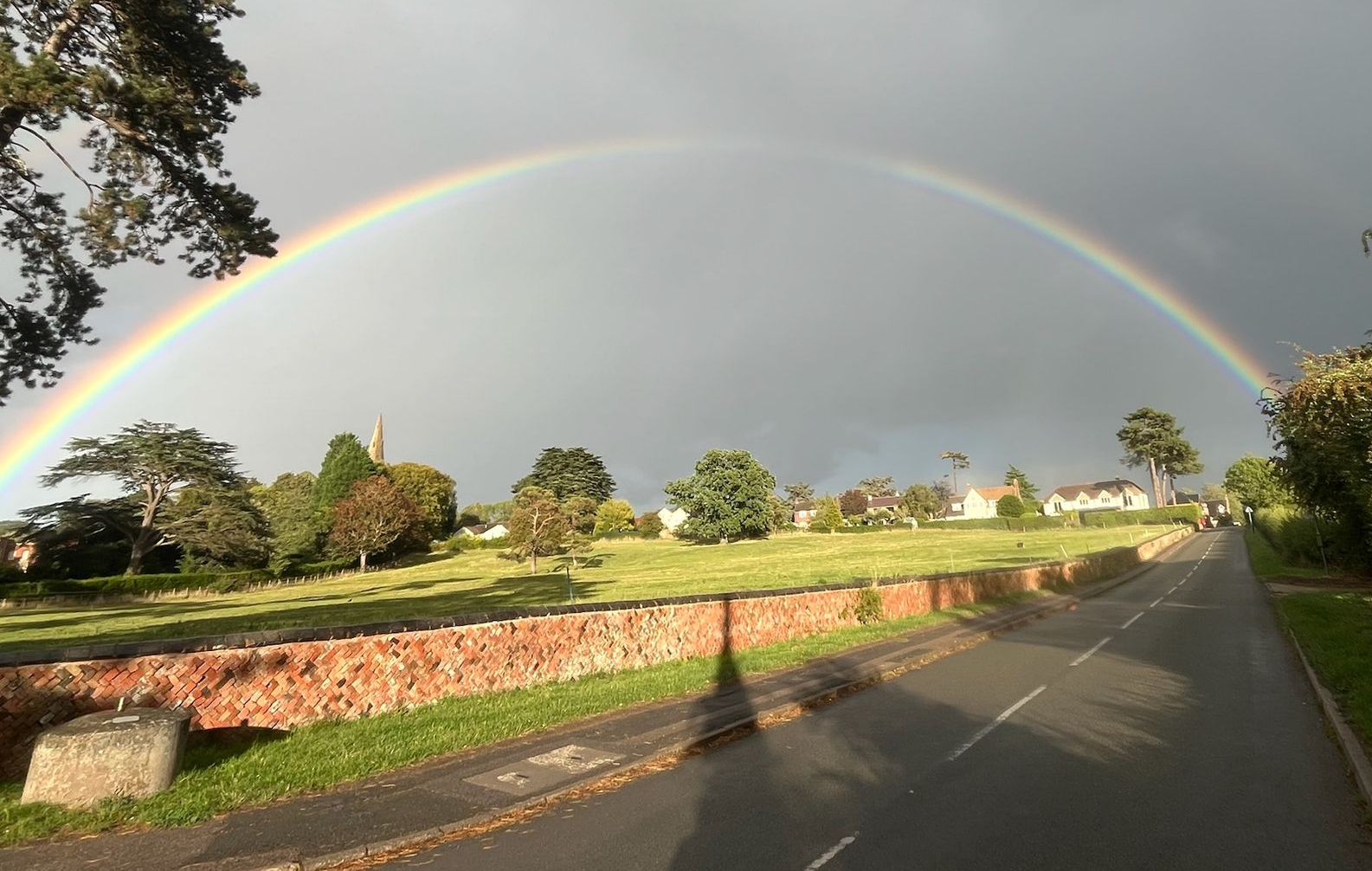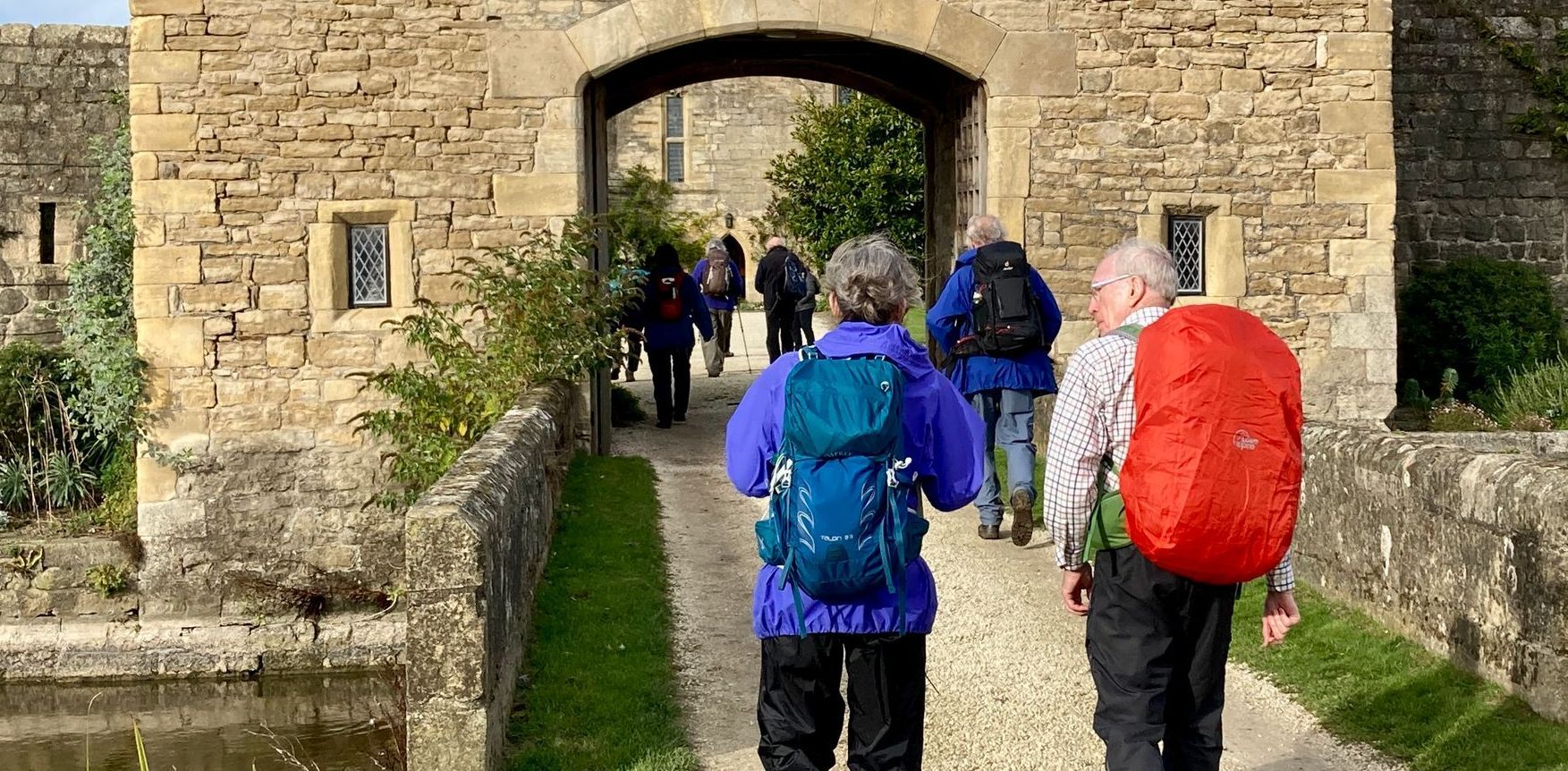Group Walking Pilgrimage: Enriching the Inner Journey
A pilgrimage is a journey undertaken by individuals or groups for religious or spiritual reasons, often to a sacred place or shrine of particular significance. It is an expression of faith and devotion that involves physical travel as well as inner exploration and transformation. Pilgrimages have been integral to many religious traditions throughout history, including Christianity, Islam, and Hinduism.
In the Catholic faith, a group pilgrimage is seen as a special journey of prayer and devotion. It is an opportunity for believers to deepen their relationship with God, seek spiritual renewal, and encounter the divine in tangible ways. Pilgrimages are not only about visiting holy sites but are also about the inward journey, seeking grace, forgiveness, healing, or enlightenment.
Planning the inner journey
Rejoice always, pray without ceasing, give thanks in all circumstances; for this is the will of God in Christ Jesus for you.
1 Thessalonians 5:16-17
Planning and leading a group pilgrimage are sacred responsibilities, offering leaders the opportunity to play a joyful role in the spiritual journey of fellow believers by providing them with a transformative and enriching spiritual experience. A group pilgrimage can bring together people from diverse backgrounds who share a common faith and purpose. Pilgrimage can foster a sense of unity and solidarity within the Catholic community and more widely.
The destination
When choosing a destination for your pilgrimage, consider the following factors:
- Popular pilgrimage sites: Explore well-known pilgrimage sites, such as shrines dedicated to saints, historic churches, or locations associated with miracles or apparitions.
- Accessibility: Ensure the pilgrimage site is accessible to participants of varying ages and physical abilities.
- Accommodation: If you need overnight accommodation, try to find options which align with the aims of the pilgrimage and are affordable for all. These may include retreat centres, religious houses or hospitable parishes. The British Pilgrimage Trust’s Sanctuary Network provides affordable options such as churches, church halls, village halls or sports pavilions.
- Cultural relevance: The Catholic community in England & Wales is incredibly diverse in terms of ethnicity and culture. Consider the cultural context of the pilgrimage destination and its significance, trying to widen the appeal.
Setting dates and itinerary
Creating a well-planned itinerary is essential.
- Dates: Select dates that coincide with religious feast days, significant anniversaries, or local events that enhance the spiritual significance of the pilgrimage. Don’t forget the weather!
- Itinerary: Develop an itinerary that incorporates a variety of activities catering to spiritual, educational, and recreational needs. Include daily Mass if possible, opportunities for prayer and reflection, guided tours of sacred sites, and moments of silence for personal contemplation as well as fellowship.
- Prayer and reflection: Plan specific prayer stops, devotions, and meditations that align with the pilgrimage theme or focus. Include time for group discussions, spiritual talks, and encounters with local religious communities.
Before the way
I rejoiced when they said to me, “Let us go to the house of the LORD.”
Psalm 122:1
Preparing participants spiritually is essential for a good pilgrimage experience.
Resources can be found here.
- Encourage personal spiritual preparation: Prior to the pilgrimage, provide participants with guidance on prayer and reflection practices to deepen their readiness. Perhaps recommend daily Scripture readings, novenas, or devotional exercises related to the pilgrimage theme.
- Provide pre-pilgrimage gatherings or virtual sessions: Participants can engage in discussions, listen to spiritual talks, and receive guidance from clergy or experienced pilgrims. These can address the themes of the pilgrimage, such as faith renewal, healing, or devotion to specific saints.
- Sharing: Create opportunities for participants to share their spiritual intentions, concerns, and hopes for the pilgrimage. Foster a supportive environment for mutual encouragement and spiritual sharing among pilgrims.
On the road
Teach me your way, O Lord, that I may walk in your truth; unite my heart to fear your name.
Psalm 86:11
Incorporating liturgies, shared prayer and rituals enhances the spiritual depth of the pilgrimage.
Resources can be found here.
- Masses and Sacraments: Where possible, arrange Masses at significant pilgrimage sites, allowing pilgrims to actively participate in the liturgy and be nourished by the Eucharist. An opportunity for pilgrims to receive the Sacrament of Reconciliation (confession) can foster spiritual healing and renewal.
- Devotions: Plan to include devotions that symbolise the journey of faith such as praying the Rosary, Stations of the Cross, or other traditional Catholic prayers relevant to the pilgrimage theme.
- Rituals: Integrate symbolic rituals like lighting candles at sacred shrines, making offerings of prayer intentions, or reciting specific prayers associated with the pilgrimage's spiritual objectives.
- Silence: It is good to include a period of silent walking, giving pilgrims the opportunity to reflect on their own intentions for the pilgrimage. Provide guidance on contemplative practices that encourage inner reflection and spiritual renewal.
- Fellowship: Building a sense of community is essential for fostering spiritual growth and solidarity among participants. This can include communal meals, shared experiences, and social gatherings.
At the destination
And people will come from east and west, and from north and south, and recline at table in the kingdom of God. And behold, some are last who will be first, and some are first who will be last.”
Luke 13:29-30
It is important to plan how you will mark your arrival at the shrine or other destination, or there may be a sense of anti-climax.
Resources can be found here.
- Welcome: by the Shrine Director, clergy, staff or parishioners.
- Shared prayer: it is important to mark the end of the pilgrimage with a prayer which is relevant to the site and theme.
- Tour of the destination and an explanation of its religious and cultural significance.
- Devotions: for example, lighting three candles, one for the pilgrim’s personal intentions and for any that others have asked him or her to pray for, one in gratitude for the people who helped along on the Way, and one in hope for those who will follow.
- Masses and Sacraments: Where possible, arrange a final Mass and the opportunity for pilgrims to receive the Sacrament of Reconciliation (confession). If this is not possible then the Evening Prayer of the Church for the day may be a good way to end the pilgrimage.
- Fellowship over tea and coffee is important, as well as a group photo!
After the way
Come to me, all who labour and are heavy laden, and I will give you rest. Take my yoke upon you, and learn from me, for I am gentle and lowly in heart, and you will find rest for your souls. For my yoke is easy, and my burden is light.”
Matthew 11:28-30
Continuing the pilgrimage experience beyond the journey itself is important for sustaining spiritual growth.
Resources can be found here.
- Personal reflection: Encourage pilgrims to reflect on the experience and to continue the journey.
- Gather Feedback: Feedback from participants on their experiences, insights gained, and suggestions for improvement can be useful to shared (anonymously) with the community and inspire future pilgrims.
- Reflect and Learn: Consider hosting reflection sessions or retreats where participants can collectively reflect on the pilgrimage's impact on their faith journey.
- Plan Future Pilgrimages: Use insights from the pilgrimage experience to plan future pilgrimages that address the evolving spiritual needs of the community. Collaborate with participants and clergy to identify new destinations, themes, and spiritual objectives for upcoming journeys.
Phil McCarthy
NB I am grateful to Molly Conrad and Elliot Vanstone for their contributions to the development of this resource.
